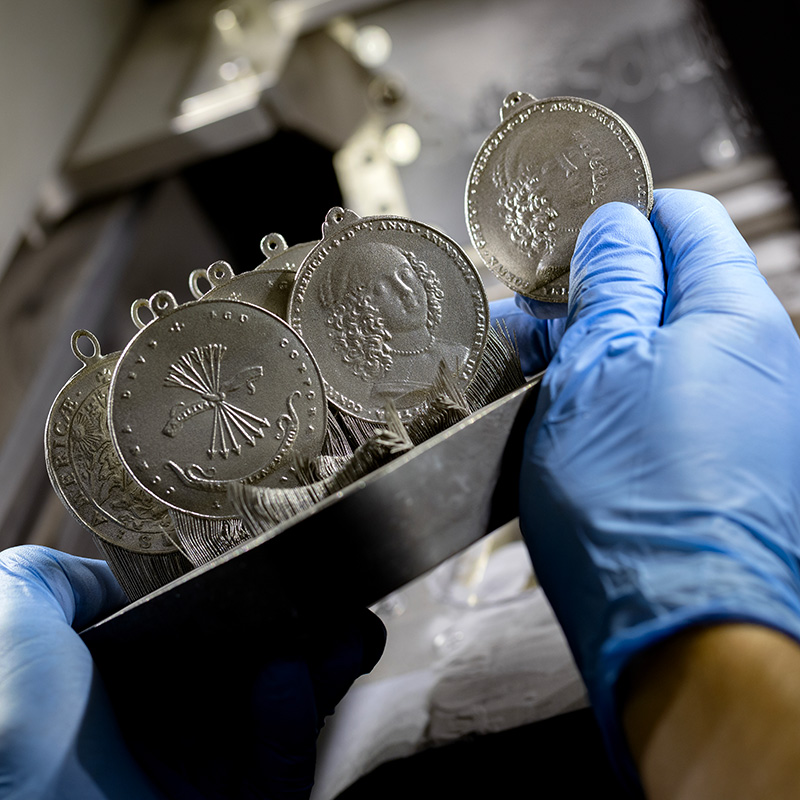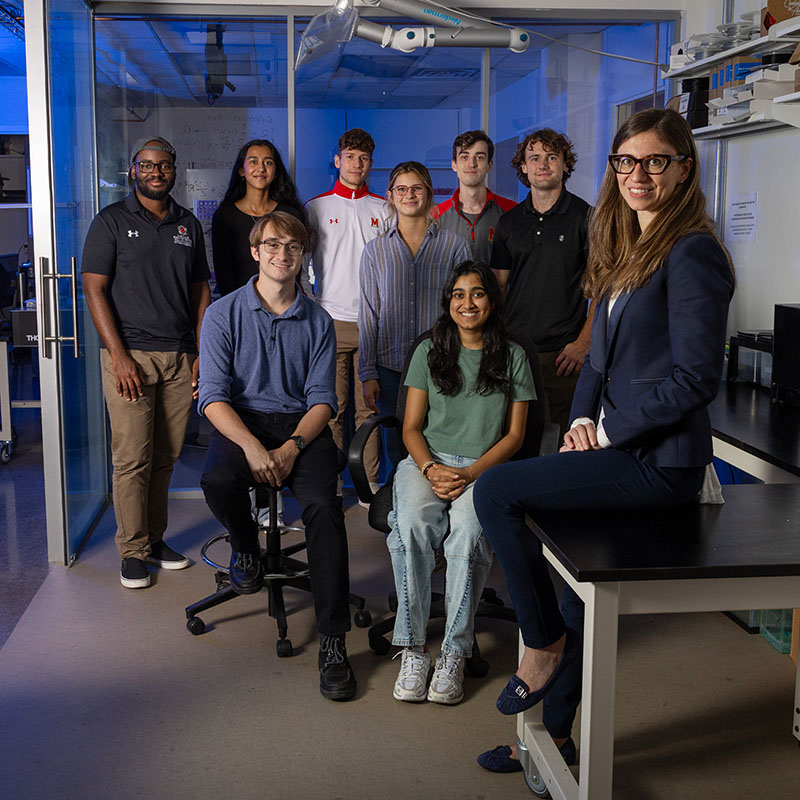News Story
A Brilliant, Yet Humble Mind: FPE Research Professor Takes His Leave

Howard Baum – a Glenn L. Martin Research Professor with the UMD Department of Fire Protection Engineering (FPE) since 2006 – recently announced he’ll be leaving the university at the end of this month.
Dr. Baum received his Ph.D. in mathematics from Harvard University in 1964. He spent most of his career as a research physicist at the National Institute of Standards and Technology (NIST) where he also became a fellow. His research interests include mathematical and computational modeling, fluid mechanics of fires, turbulent combustion, convective and radiative heat transfer, smoke transport and microgravity combustion.
As an applied mathematician at NIST, Baum made many influential contributions to computational and fire research. In the area of Computational Fluid Dynamics (CFD), he is credited with developing the low Mach number formulation of the Navier-Stokes equations, which has been widely adopted by the applied mathematics and fluid mechanics research communities. This landmark contribution, published in 1978, was co-written with his NIST colleague, Ronald Rehm, and opened the door to an effective CFD treatment of relatively slow flows as found in fires. Baum also helped develop an early version of the Fire Dynamics Simulation (FDS) solver, which has emerged as the leading simulation software used by fire safety engineers and researchers around the world.
While at UMD, Dr. Baum contributed to various research projects with several FPE faculty members. In collaboration with FPE Professor, Arnaud Trouvé, Baum helped develop a numerical model to study the extinction limits of laminar diffusion flames.
“Howard’s mathematical skills are simply outstanding,” said Trouvé. “And thanks to his assistance, we were able to develop a novel laminar flame model and show that different flame extinction criteria proposed in the literature in fact correspond to the same critical flame Damköhler number condition.” The work brought new insights into flame extinction mechanisms with applications to how fires extinguish due to oxygen starvation when becoming under-ventilated or due to evaporative cooling when exposed to water suppression systems.
Most recently, Baum has been working alongside FPE Professors, James Quintiere and Peter Sunderland on the numerical description of microgravity flames. The experiment – called the Burning Rate Emulator (BRE), currently aboard the International Space Station – focuses on spacecraft flame behavior and will be instrumental in making space flight safer from fire. Baum spearheaded the development of an analytical model that exploits ellipsoidal coordinates to simulate the BRE flames.
“Howard loves to tackle difficult conservation equations in novel ways to advance the state-of-the-art in fire dynamics analysis,” said Sunderland. “He always goes out of his way to help his colleagues and to teach his students.”
Baum, author or nearly 150 papers, has received numerous honors and awards throughout his career, including the U.S. Department of Commerce Silver Medal Award (1981) and a Gold Medal Award in 1985. He was awarded a Japan Society for the Promotion of Science Fellowship in 1994 for a visit to the University of Tokyo Institute of Industrial Science, and he received the Medal of Excellence from the International Association for Fire Safety Science in 1991 and 1999. Baum received the SFPE Arthur B. Guise Medal, and was elected fellow and chartered physicist of the Institute of Physics, both in 1999. He was also elected to membership in the National Academy of Engineering in 2000.
Although he has earned his retirement many times over, he will be missed and the department wishes him well.
Published June 4, 2020









